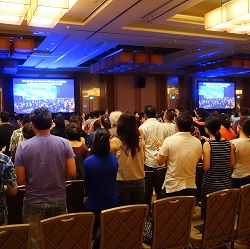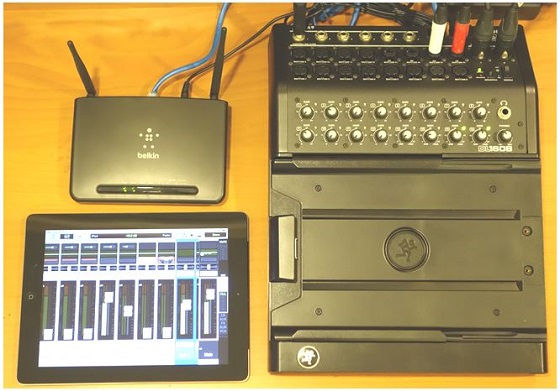
The optimization process often requires careful trade-offs between one system performance parameters with other performance parameters.
Typical areas of consideration includes loudspeaker coverage area, difference in SPL (sound pressure level) between the loudest and quietest seats, absence of hot spots and elimination of dominant resonances and loudspeaker overall frequency and phase responses.
This calls for good detailed technical understanding on how loudspeakers interact with each other, room acoustics, measurement techniques, engineering judgement if measurement results are valid and also final auditory confirmation on whether the optimization process has reached its goals.
Most modern loudspeakers from reputable manufacturers are quite decent sounding if the application is correct and when properly optimized.
However, probably due to limited in-depth technical expertise in this very specialized area, not all sound systems are well optimized to reap the maximum benefits.
14. Room Acoustics
The room acoustics play a large part in affecting how the loudspeaker system would sound like in a room. The best sound equipment can sound mediocre at best when housed in an acoustic environment that is not appropriate for the worship style. For contemporary worship and for clean clear sermon, the room should have appropriate acoustical treatment.
An acoustician is required to design an appropriate acoustic treatment of the room during the design stage of the building. Room modes are highly dependent on the interior dimensions of the room. For these reasons, it is highly desirable for architects to incorporate the recommendations from acoustician into the building plan and not as an after-thought when the building project is completed.
The location and the types of acoustic treatment and construction details for the walls, ceilings and floors, whether the intent of the acoustic treatment is to be absorptive or diffusive or a combination of both are specified by the acoustician after the overall functional requirements of the room is understood.
15. Sound System Operation
With the sound system properly designed and set up, the next challenge is to maintain the sound quality consistency over time. This calls for identification of potential problems that may occur and the lessons learned from historical issues.
Based on these inputs, a comprehensive sound check list can be formulated to minimize the occurrence of repeated problems. The sound check procedure will then call for the execution of these sound checks. Sound checks are especially important for multi-site non-dedicated worship rental venues where the sound system is set up by a third party and subjected to frequency tear down and re-installation.
Another consideration for these multi-site venues is that the sound mix engineer is not located in the same venue as the congregation. Therefore, it is desirable for the sound system to have some basic capability for adjustment of volume and tone by sound duty persons at these multi-site venues. This is to ensure that the loudness and tonal quality is appropriate throughout the worship service since the mix engineer is unable to hear and feel the result of the mix at these remote locations.
The volume and tonal adjustments are usually minor if all the other factors (Points 1 to 14) are already well established. Nevertheless, it is important for sound techs to hear what the congregation is experiencing and to provide real time minor level and tone adjustment to avoid long response time associated with voice or text communications back to the mix engineer. The sound techs at these overflow sites can also provide useful and constructive feedback to the mix engineer on the mix itself.
In some venues, the on-site sound equipment is located away from the congregation. In a cinema situation, the audio equipment is usually housed in the projection room which is located away from the congregation. In such situation, wireless mixing capability can be considered. Please refer to Figure 6 for an example.
To fulfill the above roles effectively, the sound team must be well trained to acquire the required skill set. This calls for a comprehensive training program especially when sound volunteers are involved.
Fig 6: In situation whereby the sound equipment is located away from congregation seating area, digital mixer which supports iPad App via Wi-Fi router can be utilized for remote adjustment of sound mixer parameters. This arrangement allows sound duty persons to be located with the congregation to hear what the congregation is hearing.

